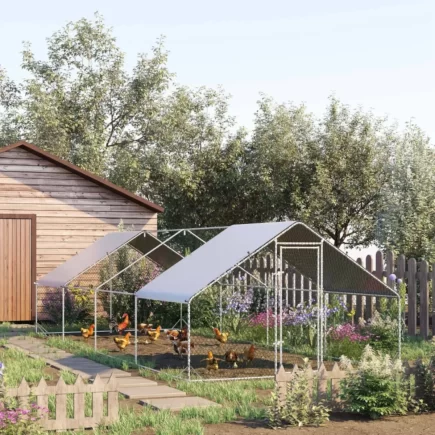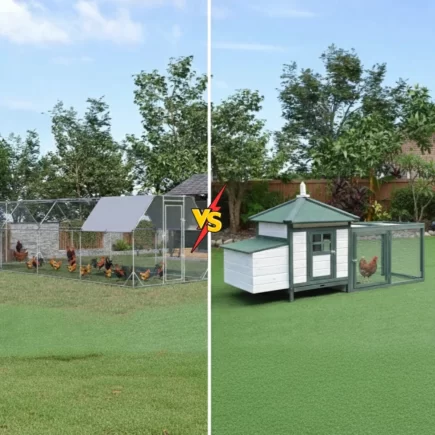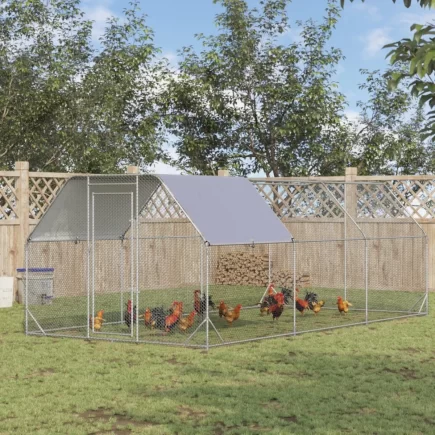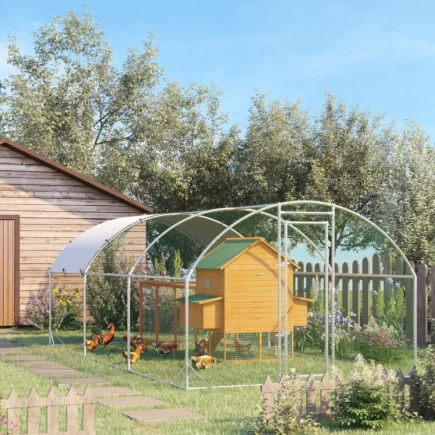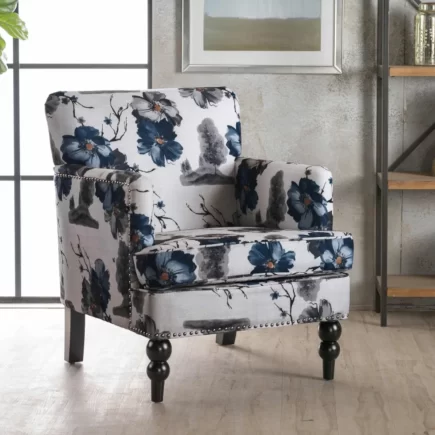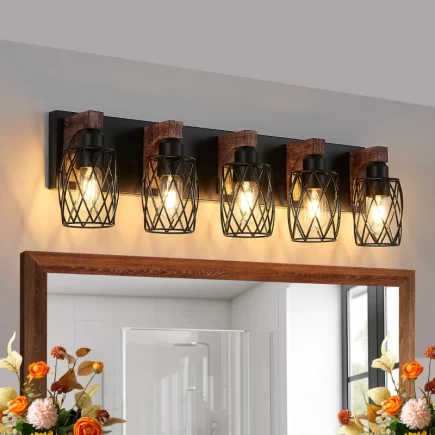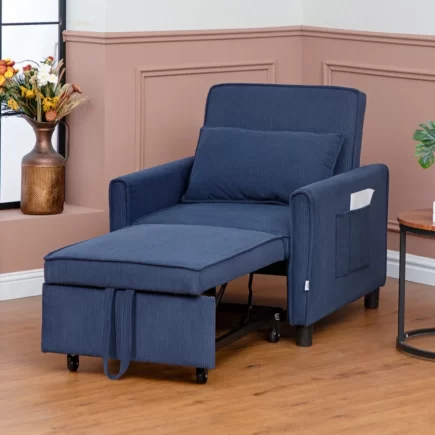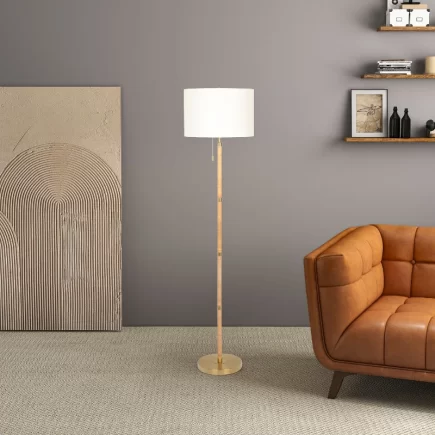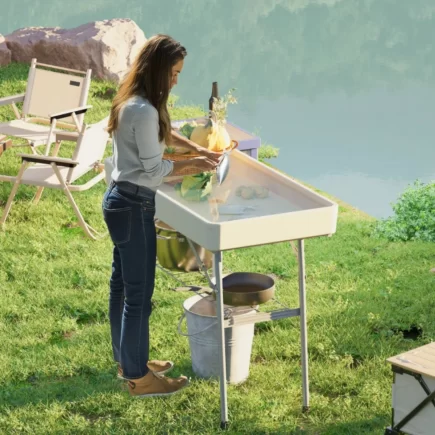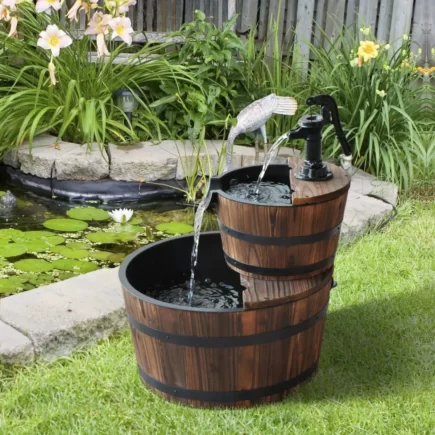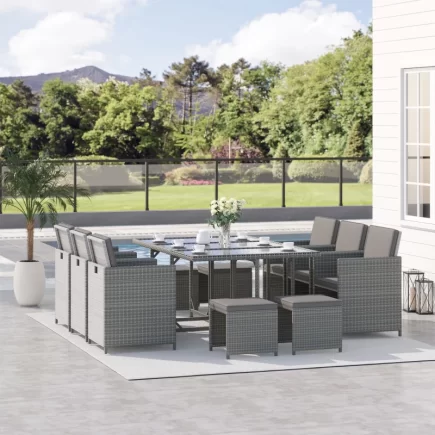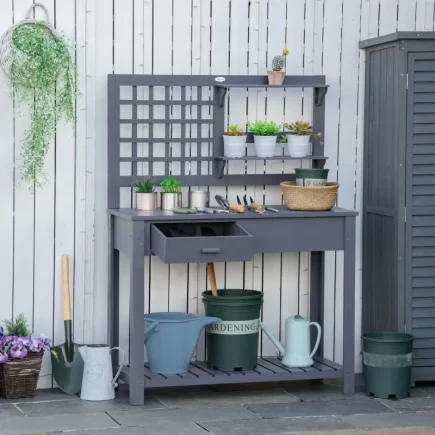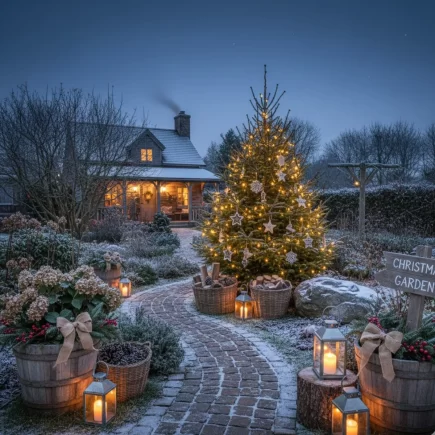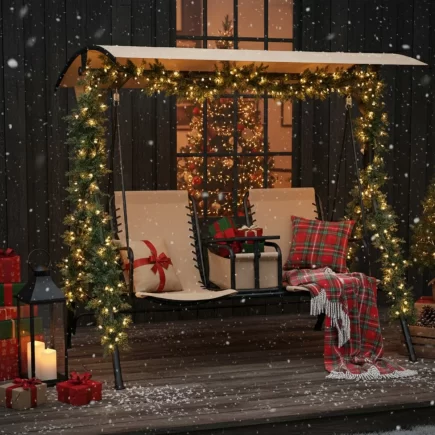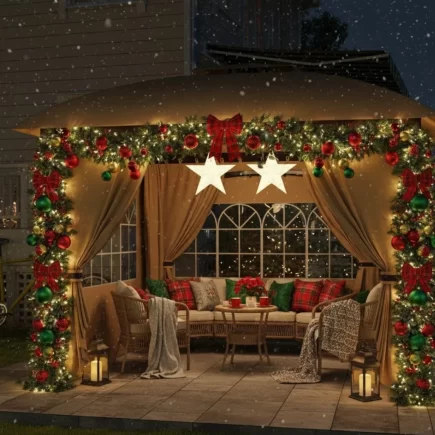Building your own outdoor table is not only a rewarding project but also a fantastic way to enhance your backyard or patio space. There’s something special about crafting your own furniture. It offers a chance to personalize your outdoor space, ensure the design complements your style, and most importantly, it’s often more cost-effective than buying pre-made furniture. With a few materials, some essential tools, and a weekend of your time, you can create a durable, functional outdoor table that will last for years to come.

Choosing the Right Materials for Your Outdoor Table
When constructing an outdoor table, selecting the right materials is crucial. The outdoor elements, rain, sun, snow, and wind can take a toll on the structure, which is why you’ll need durable, weather-resistant wood. Here’s a breakdown of some of the best wood choices for outdoor tables and their benefits:
| Material | Durability | Pros | Cons |
| Cedar | High | Naturally resistant to decay and insects, beautiful grain pattern, lightweight | Can be more expensive than other options, can dent or scratch easily |
| Redwood | Very High | Naturally weather-resistant, aesthetically pleasing, doesn’t require frequent sealing | Expensive, may not be locally available in all areas |
| Treated Pine | Moderate to High | Affordable, widely available, versatile | Requires frequent sealing and maintenance, not as attractive as cedar or redwood |
| Teak | Very High | Extremely durable, resistant to water, oil, and insects | Very expensive, requires regular maintenance to preserve color |
Best Choice for Your Budget
For a cost-effective and long-lasting outdoor table, treated pine is a great option. It offers the necessary durability to withstand the elements and is readily available. If budget allows, cedar provides a beautiful, natural appearance and resistance to decay, making it a great mid-range choice.
Essential Tools and Techniques for Building an Outdoor Table
Before you dive into your DIY project, gather the essential tools. If you don’t have them already, many tools can be found at affordable prices, and some home improvement stores even offer tool rental services.
Essential Tools
- Circular Saw or Miter Saw: For cutting your wood pieces accurately.
- Drill with Drill Bits: Used to pre-drill holes for screws and to assemble the table.
- Kreg Jig: Helps with pocket hole joinery for a clean and strong connection.
- Clamps: Essential for holding your wood in place while you assemble the table.
- Sander (or Sandpaper): For smoothing the edges and surfaces before finishing.
- Wood Glue: Provides extra strength and durability when joining wood pieces.
- Screws (Exterior Grade): Necessary for securing wood pieces and ensuring your table holds together through all weather conditions.

Techniques for Beginners
- Cutting: When making cuts, use a square to ensure straight cuts. If you’re using a circular saw, set up a guide to keep your cuts even and clean.
- Sanding: Start with coarse sandpaper (around 120 grit) to smooth out rough edges, and finish with finer sandpaper (220 grit) for a polished surface.
- Pocket Hole Joinery: Use a Kreg jig to make precise, strong joints between your tabletop slats or frame pieces. This method is excellent for beginners and creates sturdy connections without visible screws on the front of the wood.
Step-by-Step Instructions for Building the Table Top
Building the table top is one of the most important parts of this project. A solid and smooth table top makes for a functional and attractive table.
Step 1: Cut the Table Top Boards
Start by cutting your table top boards to the desired length. For example, if you’re making a 6-foot long table, measure and cut the boards accordingly. For this project, we’ll use 1×6 planks, which will be joined side by side.

Step 2: Assemble the Table Top
Lay out the cut planks next to each other on a flat surface. Use wood glue along the edges of the boards and clamp them together. For extra strength, drill pocket holes along the edges of each board using the Kreg Jig. Screw the pieces together, making sure they are aligned and flush. Leave a small gap between each board for expansion and drainage.
Step 3: Sand the Tabletop
Once the glue has dried, remove the clamps and start sanding the tabletop. Begin with coarse sandpaper and work your way to finer grit. Sand the edges to remove any roughness, and ensure the surface is level and smooth to the touch.
Building the Sturdy Table Base
Now that your tabletop is complete, the next step is to build the table base, which supports the tabletop and provides stability.
Step 1: Cut the Legs and Supports
Cut four legs using 4×4 lumber, each measuring about 28-30 inches in height (adjust according to your desired table height). For the support frame, cut additional 2x4s to connect the legs.

Step 2: Assemble the Base Frame
To build the base, attach the 2x4s between the legs. You will need to create two frames: one for the sides and one for the center support. Use wood glue and screws to attach the pieces, making sure everything is square.
Step 3: Attach the Legs to the Frame
Once the base frame is assembled, attach the legs to the frame. You can use screws or dowels to secure the legs firmly. To ensure stability, add cross supports between the legs for extra reinforcement.

Customization: Personalizing Your Table Design
One of the best parts of building your own outdoor table is the ability to customize it to fit your space and style. Here are a few ideas for adding personal touches:
- Shape: Go for a traditional rectangular table or create a more unique shape like a round or octagon table to match your outdoor space.
- Size: Customize the size to fit your needs. If you frequently entertain large groups, opt for a longer table with extra seating. If your space is smaller, consider building a compact 4-seat table.
- Style: Incorporate elements like a herringbone pattern for the tabletop or add a trestle-style base for a more rustic or farmhouse look.
Finishing Your Table: Staining and Weatherproofing
To protect your outdoor table from the elements, it’s essential to apply the right finish. Here’s how to do it:
Step 1: Sand the Table Smooth
After assembling and ensuring all parts are securely in place, sand the entire table. Focus on getting rid of rough spots or imperfections from cuts.

Step 2: Apply the Stain
Select an outdoor wood stain that provides UV protection. Using a clean cloth or brush, apply the stain evenly across the surface. Work in small sections and wipe off excess stains to avoid uneven coloring.

Step 3: Seal the Table
Once the stain is dry, apply an outdoor polyurethane or wood sealant to protect the table from water damage. This step is crucial for longevity, as it prevents moisture from penetrating the wood.

Enjoying Your DIY Outdoor Table
Building your own Outdoor Table is a fun and satisfying project that will elevate your outdoor space. Not only will you save money, but you’ll also create a unique piece that fits your style and needs. Whether you’re hosting a barbecue, enjoying a quiet meal outdoors, or spending time with friends and family, your new outdoor table will be the centerpiece of countless memorable moments.
FAQs
1. What kind of wood is best for an outdoor table?
Teak, cedar, and redwood are the best woods for outdoor tables due to their natural resistance to moisture, rot, and insects.
2. How to make a wooden table suitable for outside?
To make a wooden table suitable for outside, choose a weather-resistant wood (like teak or cedar), sand the surface smooth, apply a wood sealer or outdoor varnish, and regularly maintain it by cleaning and reapplying protective coatings.
3. How can I fix scratches on my wooden outdoor table?
For minor scratches, sand the affected area lightly and reapply the wood stain and sealant. For deeper scratches, use wood filler, let it dry, and then sand smooth before finishing with stain and sealer.
4. What if my outdoor table starts to warp after a few months?
Warping can occur due to moisture absorption. To prevent this, regularly apply a weatherproof sealant and ensure the table is placed in a dry area. If warping occurs, lightly sand the surface and apply additional layers of protective finish to restore its shape.

